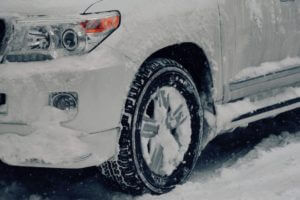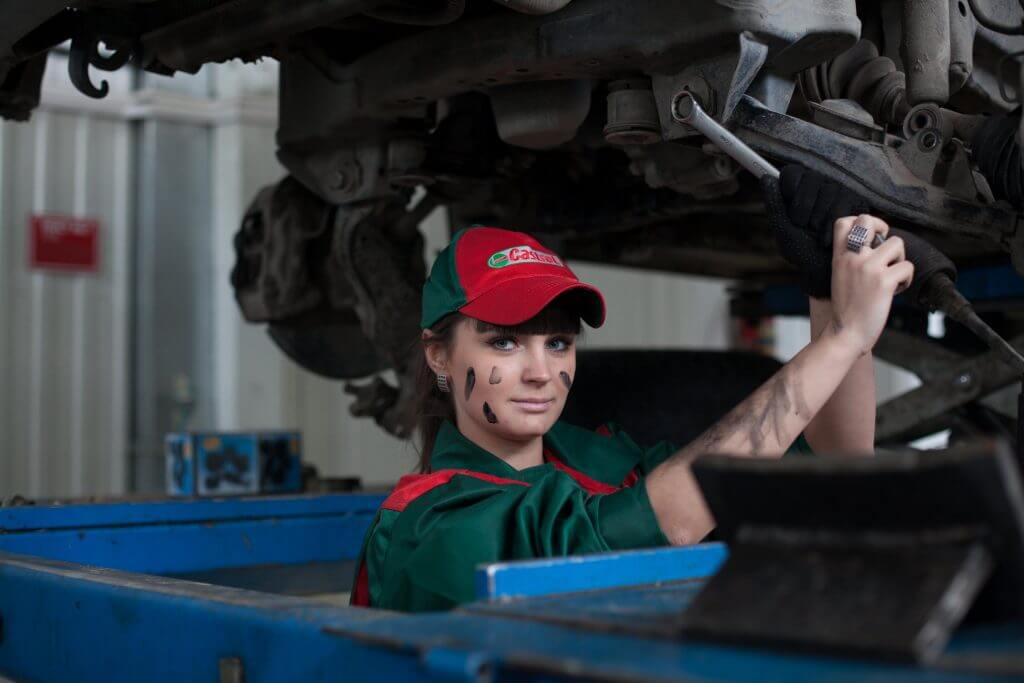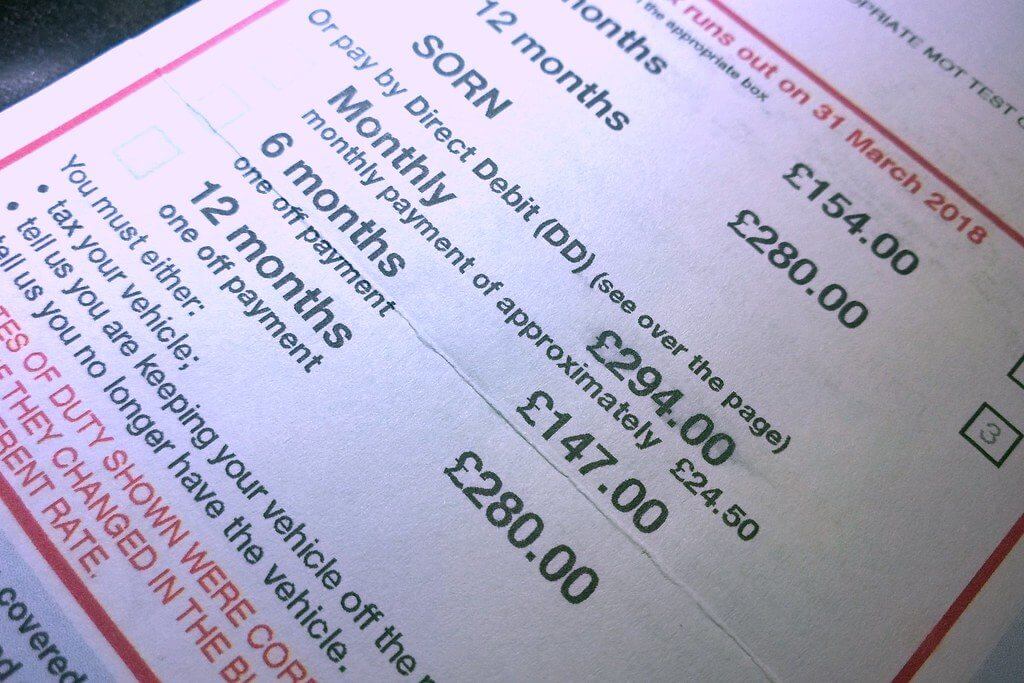A recent survey by car servicing and repair company Kwik Fit, suggests that only a quarter of UK drivers can correctly identify the legal minimum tread depth for car tyres.
The figure – in case you’re wondering – is 1.6mm. A level that must apply across the complete circumference of the central three quarters of each tyre.
Furthermore, only 11% of motorists were aware of the penalty for driving with tyres below the legal limit. Again, in case you need prompting: it’s a rather scary 3-penalty points and £2,500 per tyre. Or put another way, losing your licence and receiving a potential fine of £10,000 if all four tyres are running thin.
Other alarming findings from the survey include:
- 11% of motorists didn’t know what tyre depth meant
- 15% admitted to never checking their tyre pressure
- 20% have never checked their tyre wall condition
- 12% have never checked their tyre pressure
- Only 44% say they check their tyre pressure at least once a month
- 38% are not confident in their ability to change a tyre
Roger Griggs, communications director at Kwik Fit, said: “tyre treads are designed to give good grip, which is especially important when the roads are wet. For all the safety developments car manufacturers are making, we have to remember that tyres are the only part of a car that are in contact with the road and it is vital they are in the best condition possible.”
Winter worries
With winter approaching tyre safety should be front of mind with all motorists. While 1.6mm is the minimum level required, most experts recommend replacing tyres once they reach 3mm in tread depth.
According to the automotive testing and certification company MIRA, braking distances in wet weather increases by as much as 44% between a tyre at 3mm depth and one at 1.6mm.
A lower depth also increases the risk of your car aquaplaning, as water is harder to disperse between tyre and the road. According to the RAC, in the wet, each tyre can shift a gallon of water every second. A figure that provides a stark indication of just how important tyre depth is.
Quick way to test
If you’re unsure of your tyres’ tread depth and don’t have access to a tread depth gauge, one simple test is the “twenty pence” check. All you need to do is take a 20p coin and insert it into the groove of your tyre. If your tyre tread reaches higher than the outer border on the coin, your tyres are above the legal limit.
The RAC recommend that drivers should use the 20p test every couple of weeks.
The insurance risk
Driving with bald tyres below the tread limit not only places you and other motorists at risk, it can also invalidate your insurance. If you’re involved in an accident and your tyres are found to be below the limit, there’s a chance that your insurer won’t pay out the damage on your vehicle.
With winter on its way and thoughts of icy, wet roads in mind, our tip is to check those tyres: depth, condition and pressure.






